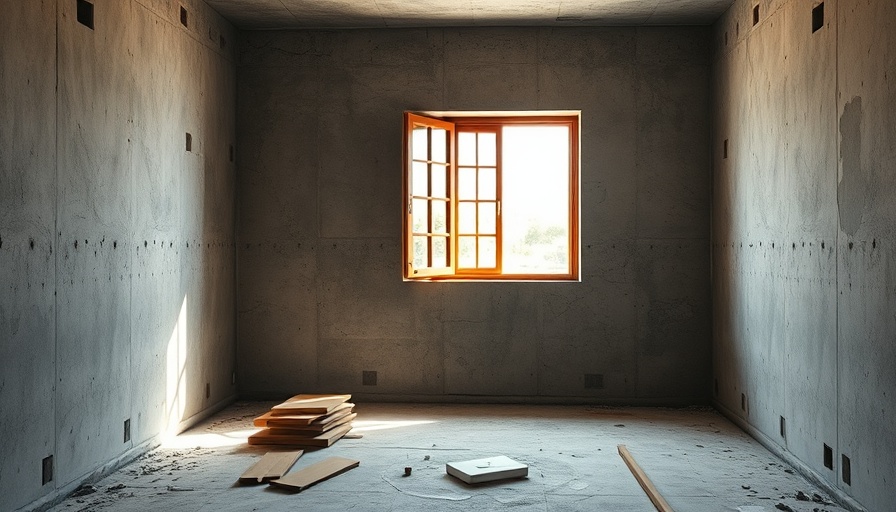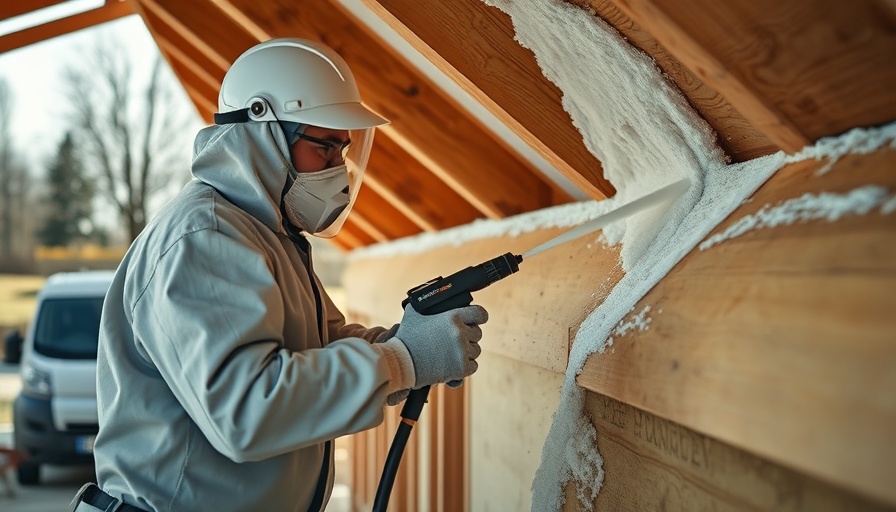
Understanding the Role of Polyiso Insulation in Mild Climates
When considering insulation strategies for buildings in mild climates, it's essential to weigh the advantages and disadvantages of various materials. One standout option is polyisocyanurate (polyiso), renowned for its high R-value. This quality offers thermal resistance that is particularly beneficial during the summer months when air conditioning reliance peaks. However, the performance of polyiso can significantly diminish when temperatures dip below 50°F, making it less ideal for winter cold, particularly in areas subject to lower temperatures.
The Case for Comfortboard and Polyiso
Comfortboard, when installed over tongue and groove (T&G) assemblies, serves as a sole insulating option. Its compatibility with polyiso can maximize thermal performance in warm conditions. This setup can offer adequate insulation for buildings in milder climates, deflecting heat steadily.
However, reports also highlight polyiso's distinct limitations in colder climates. Unlike other insulation choices such as expanded polystyrene (EPS) or extruded polystyrene (XPS), polyiso's integrity deteriorates in lower temperatures. This is a significant consideration for any building project, especially as winter approaches, where performance consistency is critical.
Evaluating Alternatives: EPS vs. Polyiso
While polyiso presents high R-values, EPS shows comparable insulation benefits at a slightly lower R-value. However, the latter retains better performance characteristics in moist environments and maintains its insulating properties when temperatures lower. EPS remains a cost-effective solution and also advocates better moisture management in wall assemblies. The accessibility and installation flexibility of EPS can make it a valid alternative to polyiso, especially when retrofitting existing buildings.
Innovative Applications and Best Practices
For successful application of polyiso in milder climates, utilization strategies must focus on ensuring the insulation remains above freezing temperatures. An increased focus on proper installation techniques ensures that performance levels are met consistently. Pairing insulation systems that maintain temperature stability with breathable materials can help mitigate some of the moisture concerns associated with polyiso.
The Community Impact: Making Informed Choices
Conscious decisions regarding insulation can lead to energy-efficient buildings that reduce overall ecological footprints. Educating homeowners and builders about the trade-offs between insulation types enables them to better manage their resources and financial investments, ensuring that properties are sustainable and comfortable year-round.
In summary, while polyiso insulation presents significant benefits in terms of R-value, careful consideration is necessary when addressing potential drawbacks in varying climates. Engaging in thoughtful discussions and planning is necessary to optimize insulation for comfort and energy efficiency in residential constructions.
 Add Row
Add Row  Add
Add 




Write A Comment